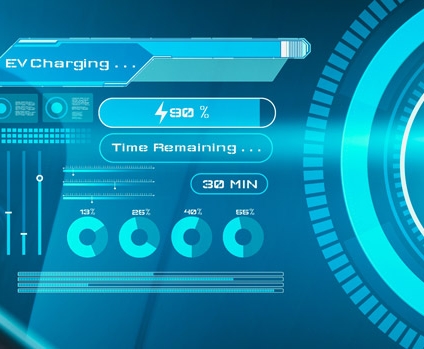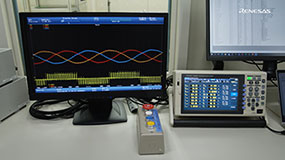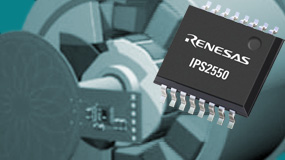
Summary of the Problem
- components needed to be smaller and lighter so that the control unit could be used in small and medium-sized vehicles.
- Unit price had to be kept low.
- In order to reduce development time, the use of components with a proven track record was preferred.



